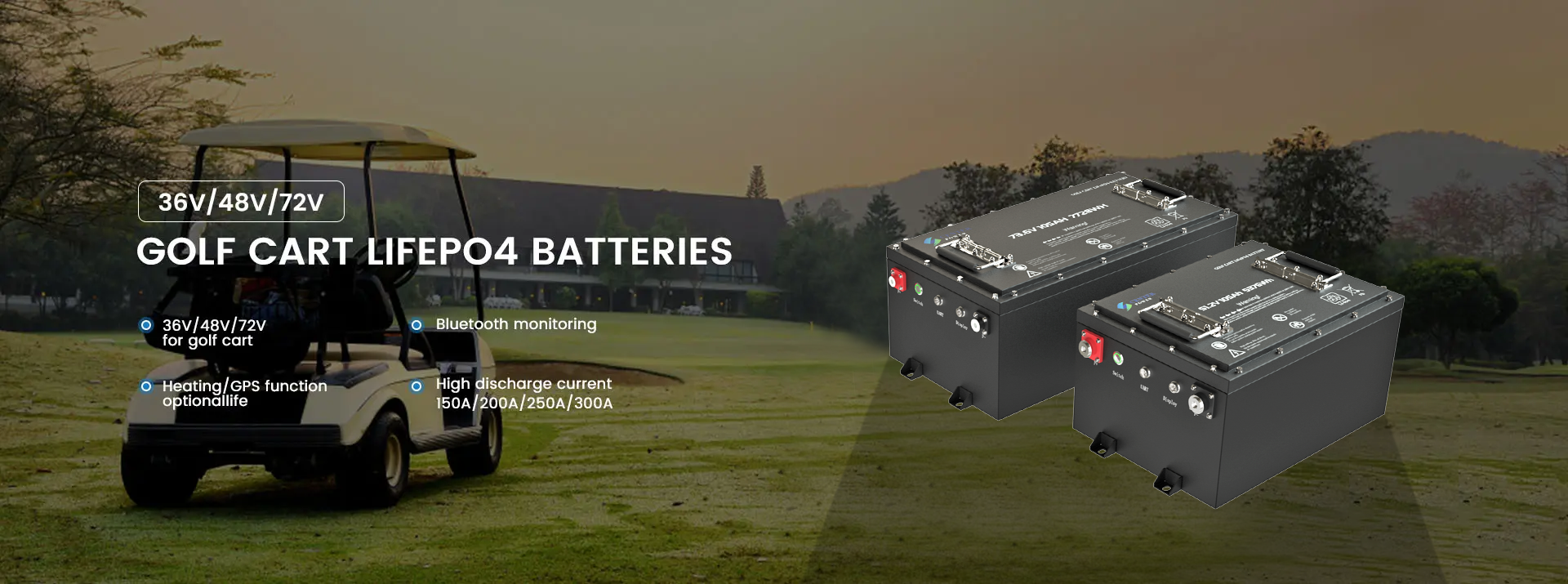
The size of the cranking battery for your boat depends on the engine type, size, and the electrical demands of the boat. Here are the main considerations when selecting a cranking battery:
1. Engine Size and Starting Current
- Check the Cold Cranking Amps (CCA) or Marine Cranking Amps (MCA) required for your engine. This is specified in the engine’s user manual.Small engines (e.g., outboard motors under 50HP) typically require 300–500 CCA.
- CCA measures the battery's ability to start an engine in cold temperatures.
- MCA measures starting power at 32°F (0°C), which is more common for marine use.
- Larger engines (e.g., 150HP or more) may need 800+ CCA.
2. Battery Group Size
- Marine cranking batteries come in standard group sizes like Group 24, Group 27, or Group 31.
- Choose a size that fits the battery compartment and provides the necessary CCA/MCA.
3. Dual-Battery Systems
- If your boat uses a single battery for cranking and electronics, you may need a dual-purpose battery to handle starting and deep cycling.
- For boats with a separate battery for accessories (e.g., fish finders, trolling motors), a dedicated cranking battery is sufficient.
4. Additional Factors
- Weather Conditions: Colder climates require batteries with higher CCA ratings.
- Reserve Capacity (RC): This determines how long the battery can supply power if the engine isn’t running.
Common Recommendations
- Small Outboard Boats: Group 24, 300–500 CCA
- Mid-Sized Boats (Single Engine): Group 27, 600–800 CCA
- Large Boats (Twin Engines): Group 31, 800+ CCA
Always ensure the battery is marine-rated to handle the vibration and moisture of the marine environment. Would you like guidance on specific brands or types?

Post time: Dec-11-2024





